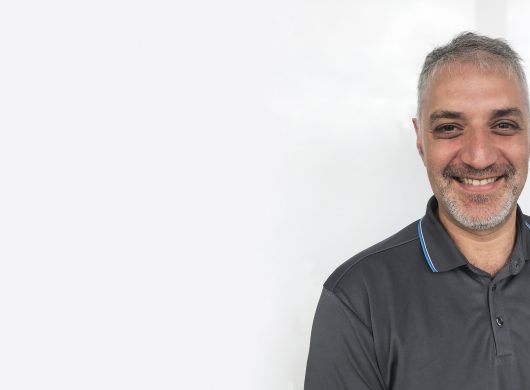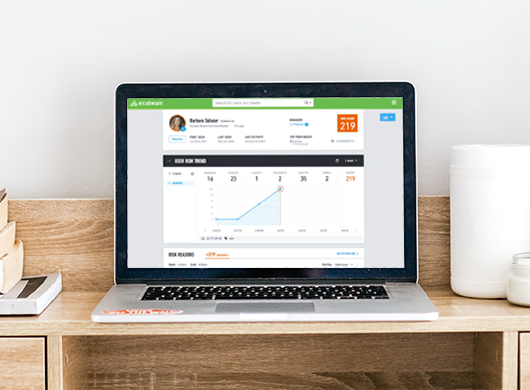The Outcomex Approach to IoT
At Outcomex, we’ve been working tirelessly on developing our knowledge and expertise in IoT since 2016; investing heavily in creating an IoT department, building our own data visualisation application, and working on designing the best solutions by trialing various sensors and network components.
Since we’ve embarked on this journey, we’ve accumulated learnings, but also an incalculable number of mistakes. Both of them have led us to develop a deep understanding of IoT. It is now time for us to share our expertise and understanding.
This article is the first video and transcript of a series of five on Internet of Things. It focuses on the specific approach Outcomex takes in IoT.
Here is the transcript of the video ‘Outcomex’s Approach to IoT’ above:
Marco Delgado, Founder and Managing Director at Outcomex:
In terms of the way Outcomex approaches IoT, it’s worthwhile for me to break it up into a few different stages or phases if you want to call it that.
The first stage includes the sensors that you put on devices and that collect the information. Those need to connect, and you need a physical network for that. That’s generally technology such as LoRaWAN, RFID, WIFI 4G, 5G – your more common ones. That’s the second stage, which we call the physical phase. For the third stage, you then need to bring that into the cloud or into a centralised solution where you have a few more servers. Finally, the fourth stage encompasses the visualisation of data on a smart phone, tablet, PC, or any browser enabled device.
What is unique about what Outcomex offers is that we actually deploy end-to-end solutions that contain all four parts. One of the biggest benefits of getting those four parts from the same provider is that while they all operate quite differently, if you’ve got an overarching solution that can bring them all together and make them one, it just simplifies it for the end user.
To ensure every piece of a solution works and delivers the desired results, we’ve developed an internal quality assurance program called Top Gun. Through this program, we trial everything in the field for a minimum of six months before we make it available to customers.
For example, you have new sensors coming out that claim a battery life of three to seven years. You can only test that by actually putting it out in the field. You will have sensors that are meant to work in agriculture, outdoor, IP67 rated (IP tests to ensure enclosures provide adequate protection against the environment in which they are located). We’ll be testing it, putting it out in extreme conditions, making sure they do last as long as they say. We’ll also only choose batteries that don’t lose all their settings if you take them out; they have NOVRAM(Non-volatile random-access memory) built into them, which makes things easier down the line.
There is this overlying alliance which is called LoRa Alliance. They publish the best practices on how IoT solutions and devices should be built; from the security to the sensors. We conform to their best practices to ensure our solution is to the highest standards.
As we deal with various industries, like health care, aged care, education, councils, building providers, food, etc. we needed to be able to quickly create new interfaces for them to visualise their data on our application. To facilitate this, we’ve made sure we could re-use the same core components of that platform and adapt them to different industries by customising it to the end users’ required experience.
Even in the same industry, we’ve found that the use cases we use in one environment don’t really apply to the other, so it’s quite key to understand what the client needs and customise it to their requirements.
Michael van Zoggel, National Sales Director at Outcomex:
Outcomex have been building enterprise grade networks for many years now and we’re really excited to now be able to deploy fantastic IoT features on infrastructure that we already built and that is really valuable for our customers.
I think it’s been a perfect storm. We’ve seen the proliferation of these open protocols like LoRa, as well as the proliferation of great networks with amazing security and resiliency behind them. Adding in the improved battery life, we’ve seen all those components mature in the last 6 or 7 years. That’s what’s created the perfect storm of capability, allowing us to drive great corporate outcomes. All it needs is providers like us to invest in building platforms to ingest the data, wash the data, push the algorithms that drive the results and then have customers to take that leap of faith in terms of helping us understand their problems and their work flows and allow us to optimise their environments.
Marco Delgado:
Something Michael said there is quite key, we’ve been doing networks for the last twenty years and globally, we only became able to build an IoT network in the last few years when we started doing IP, telephony and video. The underlying architecture needs to be sound, it needs to be solid and IoT is no different. Bringing an IoT solution together, you need that core network underneath and that is something we are very comfortable with and have been doing for a long time.
Public Disclaimer: Outcomex has adapted the transcript to facilitate its reading.



